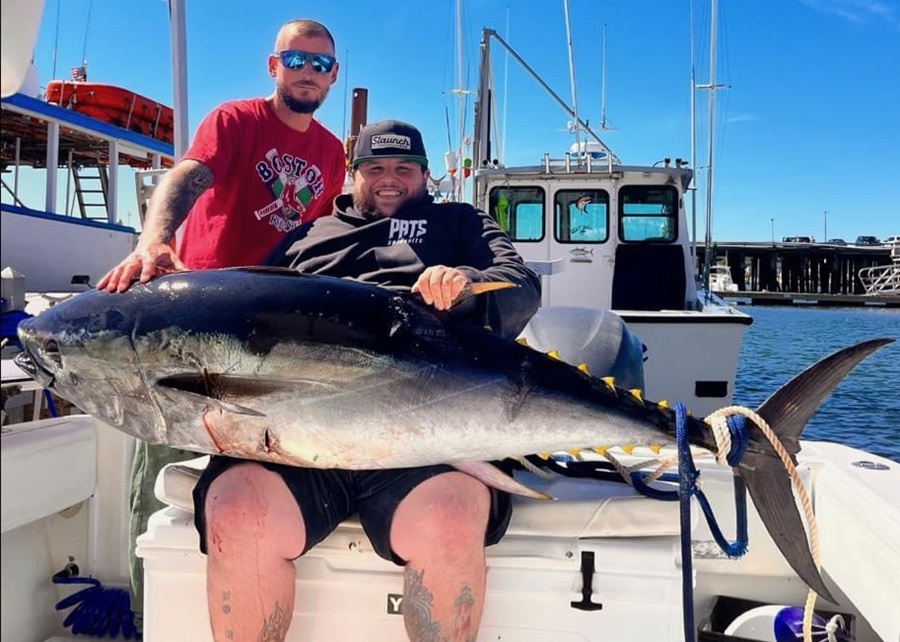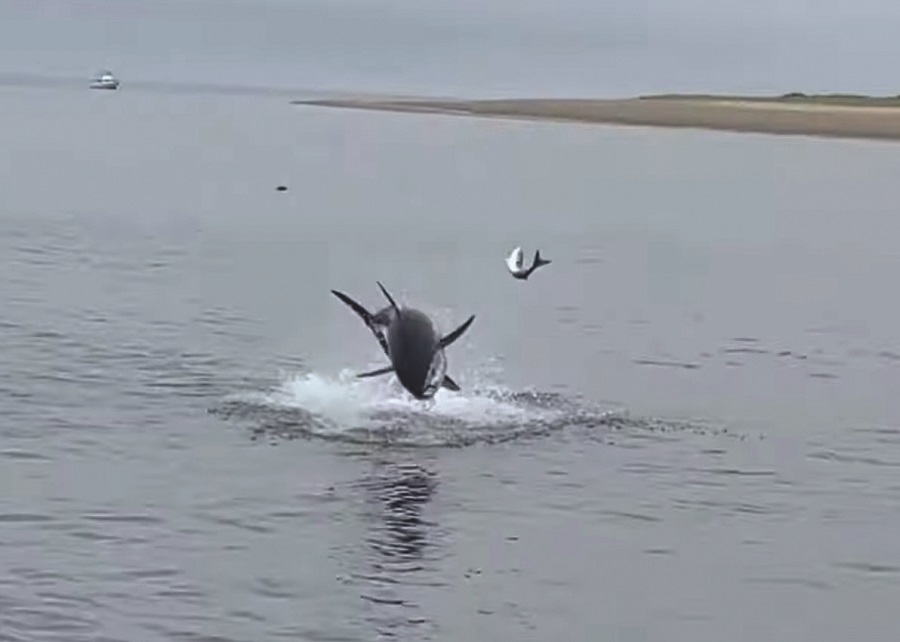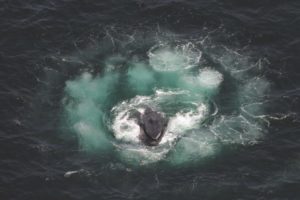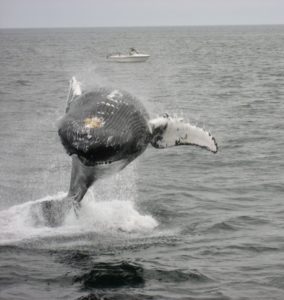Although the market for bluefin tuna is oversaturated, which has led to a price collapse, the state of the bluefin population continues to improve.
In 2010, the western Atlantic bluefin tuna stock assessment data indicated the total numbers of bluefin were down roughly 90 percent from 1970. The number of giant bluefin, which were estimated to be more than 1 million fish in 1960, was then estimated to be only around 100,000. At that time, some experts said that bluefin could be heading toward endangered species status.
So, how did we, in just 15 years, get to the point where it looks like the big tuna are back?
First, policy changes at the international level had already begun a few years before that 2010 report. The International Commission for the Conservation of Atlantic Tunas (ICCAT) looks at three key metrics to judge species sustainability: total biomass, propagation, and fishing mortality as a percentage of the total stock. All of these have improved.
We’ve gotten a better understanding of the dynamics behind total biomass, the term used as an estimate of the size of an entire fish stock. For Atlantic bluefin, that includes populations in both the western and eastern Atlantic as well as tuna in the Mediterranean. Eastern and western tuna do mingle in the Atlantic Ocean — that’s been documented by satellite tagging and genetic testing. And it turns out American fishermen here in western Atlantic waters have been catching a lot of eastern bluefins, and scientists estimate that the eastern population size is much larger than the western population.
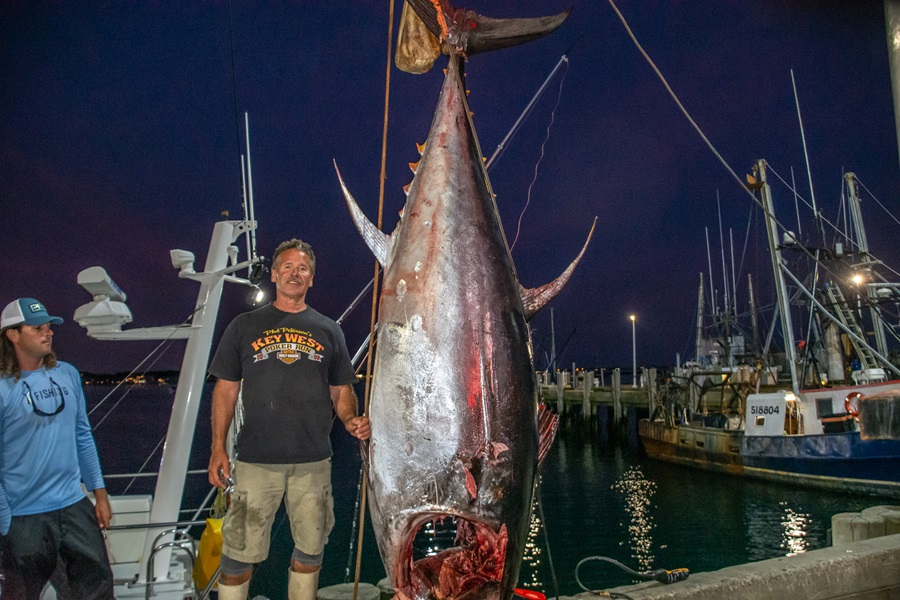
This also means what happens in the east deeply affects the western Atlantic populations. In 2006, ICCAT took dramatic action to lower catch quotas from a high of 32,000 metric tons down to 13,500 by 2010. They also instituted size limits to protect smaller fish. By 2017, ICCAT had decided to incrementally increase quotas worldwide — at a time when the market was already saturated.
Another change: recordkeeping of catches before 2006 was shoddy at best, but with better systems in place, keeping track of fish mortality got easier. Fish mortality is the percentage of stock removed from the fishery, that is, it looks at the number of fish caught and kept compared to what’s estimated to be out there. The data suggest that number is dropping, which is another good indication that the overall stock is increasing. Mortality is currently between 8 and 10 percent — half of what it was.
There’s also been exciting news: the discovery of a spawning area that we didn’t know existed for western Atlantic bluefin. We’ve long known about one area in the upper Gulf of Mexico, but it turns out there’s a place called the Slope Sea spawning area about 100 miles off Long Island. Interestingly, researchers collecting eggs and larvae have found that both eastern and western Atlantic fish spawn there.
Also on the domestic front, the government has implemented several strategies that have dramatically reduced bluefin mortality, including requirements to use “weak” hooks that bend to allow spawning giants to go free when they’re caught on swordfish longlines in the Gulf of Mexico and an individual bluefin quota program, which reduced bluefin tuna bycatch by 65 percent fleetwide.
Looking down the food chain has also made a difference. A system called Ecosystem Reference Points has been incorporated in the management of menhaden, a significant food source for bluefin. This provision is limiting menhaden harvesting to allow for more predation, meaning leaving more menhaden for bluefin to consume.
So, a lot has been done, and there are a lot of big tuna to be caught. But there are unintended consequences, of course: the number of people getting commercial licenses and going out to catch a giant has skyrocketed. That’s what has caused the market to be flooded with tuna and the resulting price drop.
That’s a problem for fishermen who traditionally make their livelihoods tuna fishing. I believe the process to issue permits needs to be looked at and refined to protect the guys and gals who do this fishing to pay their mortgages as opposed to the young guns who borrow Daddy’s center console to catch a giant for bragging purposes and photo ops.
